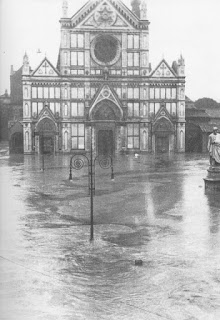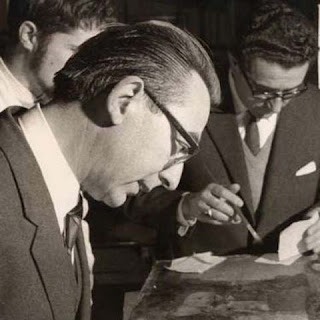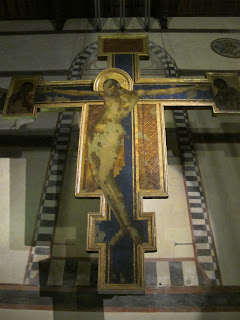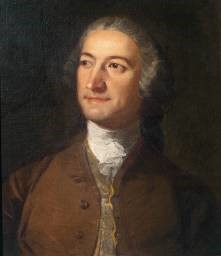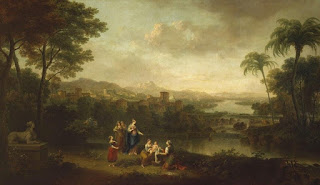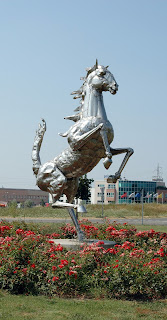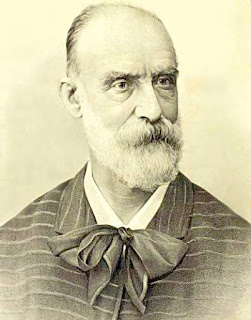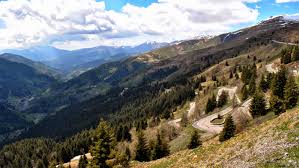Maestro of Vienna haunted by Mozart rumours
 |
| Antonio Salieri was director of Italian opera in the Habsburg court of Joseph II |
Antonio Salieri, the Italian composer who in his later years
was dogged by rumours that he had murdered Mozart, was born on
this day in 1750 in Legnago, in the Veneto.
Salieri was director of Italian opera for the Habsburg court
in Vienna from 1774 to 1792 and German-born Mozart believed for many years that
“cabals of Italians” were deliberately putting obstacles in the way of his
progress, preventing him from staging his operas and blocking his path to
prestigious appointments.
In letters to his father, Mozart said that “the only one who
counts in (the emperor’s eyes) is Salieri” and voiced his suspicions that
Salieri and Lorenzo Da Ponte, the poet and librettist, were in league against
him.
Some years after Mozart died in 1791 at the age of just 35,
with the cause of death never definitively established, it emerged that the young composer - responsible for some of music’s greatest symphonies, concertos and operas - had told
friends in the final weeks of his life that he feared he had been poisoned and suspected
again that his Italian rivals were behind it. Salieri was immediately the prime
suspect.
Despite being put forward as truth in works of literature
such as Pushkin’s Little Tragedy and hardly discouraged by the portrayal of
Salieri in the film Amadeus, it is largely accepted now that the story is a
myth and that the two composers enjoyed a relatively cordial and mutually
respectful relationship.
 |
| Mozart felt the Italians in Vienna wanted to block the progress of his career |
Yet Salieri had to live with the rumours during his
lifetime. Rossini apparently teased him about it and Mozart’s father-in-law pointedly
shunned him. When he became old and mentally frail, Salieri began to believe
he must be guilty and while in a deranged state he supposedly confessed to the
murder.
Salieri began his musical studies at home in Legnago, taught
by his older brother Francesco, and by the organist of the Legnago Cathedral,
Giuseppe Simoni. When he was about 13, both his parents died. He was looked
after by another brother, a monk in Padua, before for unknown reasons becoming the
ward of a Venetian nobleman, Giovanni Mocenigo.
While living in Venice, Salieri’s continuing musical studies
brought him to the attention of the composer Florian Leopold Gassmann, who was
so impressed with his protégé's talents that he took him to Vienna, where he
personally directed and paid for the remainder of Salieri's musical education.
There, influenced by Gassman and Christoph Gluck, he was introduced
to the emperor, Joseph II, who invited him to join in chamber music sessions. His
appointment in 1774 as court composer and conductor of the Italian opera made
him one of the most influential musicians in Europe.
He became a pivotal figure in the development of late
18th-century opera, helping to establish many of the features of the genre. He dominated
Italian-language opera in Vienna and his works were performed across Europe. In
all he wrote 37 operas, enjoying great success with many from Armida in 1771 to
Cesare in Farmacusa in 1800.
Although he wrote no new operas after 1804, he remained a much sought-after teacher. Franz Liszt, Franz Schubert and Ludwig
van Beethoven, and Mozart’s son, Franz Xaver Mozart, were among his pupils.
By the time of his death in 1825, his music was already
disappearing from the repertoire but has enjoyed a revival in the last decade
or so.
In 2004, the renovated La Scala in Milan reopened its doors
with L'Europa riconosciuta – Europe revealed - the work Salieri had written for
its first performance in 1778.
The soprano Cecilia Bartoli recorded an album devoted to his
arias, while recordings have been made of Salieri overtures and some complete
operas.
Legnago is a town in the Veneto about halfway between Verona
and Ferrara, straddling the Adige river. It was formerly a centre for textile
production although most of the factories have now closed. Legnago has had an important military role since the early
Middle Ages. In the 19th century it was one of the Quadrilatero fortresses, the
main strongpoint of the Austrian Lombardy-Venetia puppet state during the
Italian Wars of Independence. Legnago's theatre, constructed in the early 20th century, is called Teatro Salieri.
The history of the Mocenigo family in Venice, who held
influence from the 14th to the 19th centuries, is
preserved in a complex of palaces on the Grand Canal roughly opposite the San
Tomà vaporetto (water bus) stop, named the Palazzi Mocenigo. The English poet Lord Byron stayed there in
the early 19th century. Seven of the Mocenigo family were doges. Another
Palazzo Mocenigo, in the San Stae area of Santa Croce, is a museum of textiles,
costumes and perfume.






